Nintendo is one of the most beloved video game companies of all times, and for many of us, it has a significant place in our childhood memories. That doesn’t mean it’s a perfect company, though. Over the years, Nintendo has made numerous poor choices in terms of hardware and software development, marketing, and communication in general.
As a result, it’s often assumed that Nintendo is completely out of touch with its audience and even with reality — an idea the Wii U didn’t do much to dispel. But however much it might seem like Nintendo is conservative and never learning or making changes, that’s not really the case. On the contrary, the Switch console and how Nintendo has approached it proves that the company does, indeed, learn from its past and mistakes.
A Different Marketing Strategy
Nintendo’s marketing campaign for the Wii U was, to say the least, dreadful, both in terms of television and Internet advertisement. The system’s first ad was repetitive, showcasing very little that differentiated the Wii U from its predecessor, and mostly showing people watching someone else play. Significantly, there wasn’t much in the way of gameplay to show either (more on that later).
To compound the problem, there wasn’t much marketing for the Wii U’s games either. You’d probably only need one hand to count the number of game commercials that Nintendo put out, with 2013’s Super Mario 3D World being the main exception. Nintendo did pick up the marketing pace (much) later — but as others have noted, it was too little too late, and the ad campaigns didn’t even try to push the Wii U’s most distinguishing, divisive feature: the gamepad.
Nintendo addressed the gamepad problem on a few occasions in the past year, saying the public did not grasp the Wii U’s core concept. Even Shigeru Miyamoto said the company failed to differentiate it from other tablets and stand out as a game system.
Yet Nintendo’s developers were also to blame. Apart from Nintendo Land, most titles made no exceptional use of the gamepad; when they did, as with Star Fox Zero or Kirby and the Rainbow Curse, consumers complained the controls and the overall idea were too complicated and that the game was mostly played on the gamepad, making the TV useless.
It’s easy to blame the consumer and say they should try to appreciate a new control scheme. However, that simultaneously places the blame back on the company for not making enough games that utilized the gamepad to begin with, so players were never forced to get used to it through consistent usage.
The Switch marketing campaign is, so far, completely different. From the system’s first reveal trailer, Nintendo relentlessly pushed the system’s core concept of playing anywhere. Alongside a memorable reveal commercial, there are at the time of writing two other ad campaigns focusing on the system itself, both of which feature highly anticipated future releases and continually show off the system’s primary function.
Nintendo also ensured these ads appeared in front of the right audiences as well. In July, for example, Nintendo led the way in advertisement budgets, featuring their commercials on channels like Nickelodeon and Adult Swim, during popular shows including SpongeBob Squarepants and American Dad. The New 2DS received the bulk of the marketing budget, but the Switch still wasn’t left out.
And Nintendo needs these ads. With the Wii U only selling approximately 13 million units, Nintendo knows it has to work hard to reach a wider audience, whether that be the former Wii audience or gamers who haven’t picked up a Big N game in years — hence the focus on Breath of the Wild during early TV spots. Relying on Directs or other promotions followed only by dedicated gamers, as they did during the Wii U’s lifecycle, could never result in success for the Switch.
Though still not perfect (because no company is) it seems that Nintendo is learning to balance its appeals to both casual and core audiences.
Better Hardware Concepts
There is a bit of psychological marketing going on as well to try and ensure consumers fully understand core concept behind Nintendo’s most recent console. At this point, almost anyone who sees Yoshiaki Koizumi on screen knows what will happen when he lifts his right hand. The snap sound has nothing to do with the Switch itself, of course, but it suggests simplicity and ease of use — everything the Wii U wasn’t, in other words. Even the system’s name promotes its main feature, something the rather bizarrely named Wii U never could have dreamed of doing.
But more important than how well the audience understands the core concept is the fact that the Switch’s concept works and works well. The Wii U suffered from being the middle child — a half-step between the traditional console gaming the Wii was and the portability of handheld systems that the Switch fully realizes.The gamepad gaffe ultimately forced the consumer to pay for technology that brought no benefit. But Nintendo has been careful not to make the same mistake with the Switch.
Granted, there isn’t much available for the console that makes use of the JoyCon HD Rumble feature, even though that technology drove the controllers’ price up. In spite of this, the Switch has a wide range of alternate functionality for the JoyCons, from motion control to multiplayer. So even though the consumer is still paying a higher price for some underutilized technologies, the JoyCons aren’t a half-baked gimmick with nothing else to offer.
This superior hardware iteration has certainly been beneficial to Nintendo and made its consumers happy. The NPD group recently reported the Switch as the top-selling console in four out of the six months it’s been on the market. Analysts speculated that part of Microsoft’s slower sales may be due to the impending Xbox One X, though PlayStation 4 certainly isn’t missing any heavy hitters of its own that would increase its sales. In short, Nintendo’s plan is paying off.
Software
Lineup
Software likely has a lot to do with Nintendo’s redemption as well. The company made two tremendously bad — and tremendously similar — mistakes with the 3DS and Wii U launches. It offered both systems to consumers at higher price points than they should have been, then proceeded to leave them with very little in the way of substantial material to play on those new machines. So the incentive to buy them was very low.
The 3DS finally received a price drop and a quality lineup of games, to the point where its catalog now boasts an impressive variety of titles. But the Wii U suffered from overly long gaps between first party releases, and had so little third-party support that it’s almost not worth mentioning.
Additionally, the games Nintendo developed for the Wii U had little variation in terms of game length and depth. Donkey Kong Country: Tropical Freeze and Pikmin 3 were certainly good games — but it doesn’t take all that long to get through them, and there are few short-term reasons to return after completing them.The overall lack of games, and the general brevity of what few worthwhile titles there were, created a definite problem for owners of the system as well as prospective buyers.
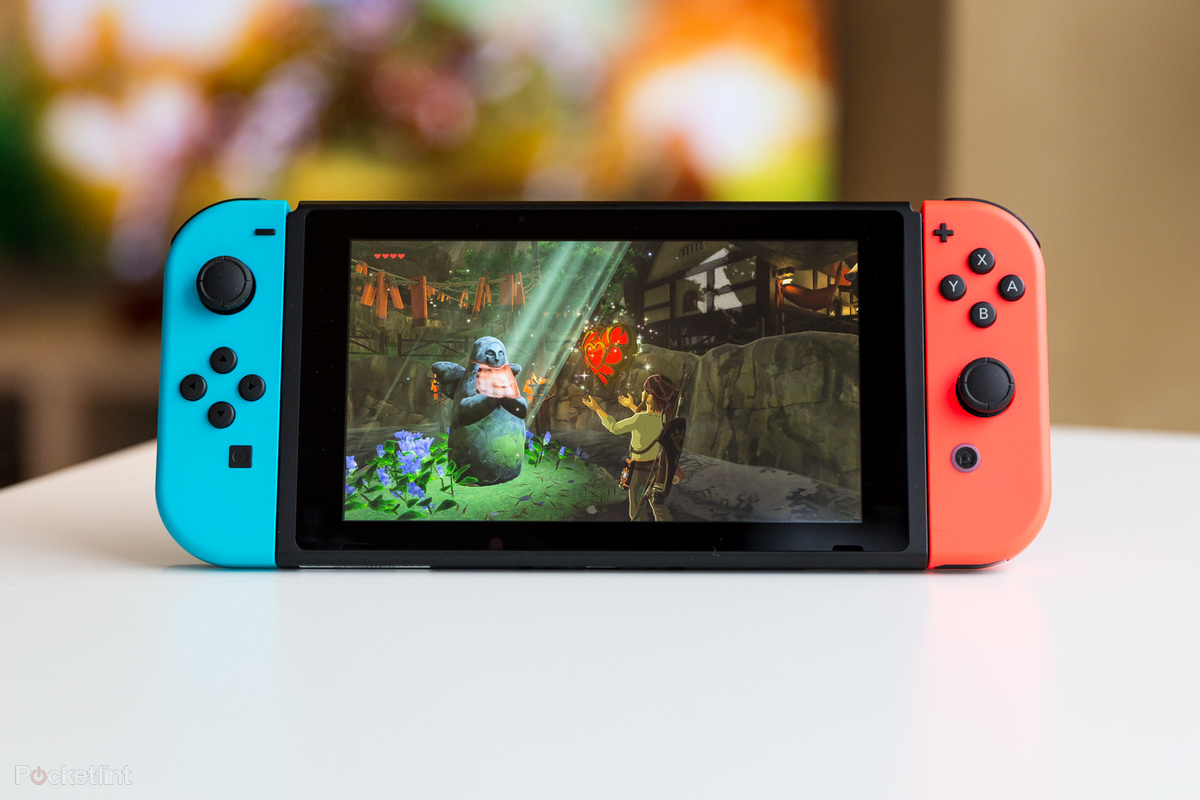
Image via Pocket-Lint
Nintendo finally changed its approach to software lineups with the Switch. Their much vaunted plan of a major release every month means that after just six months, Switch owners have a plethora of games to choose from that represent several genres, including mainstream giants like Breath of the Wild and Mario Kart 8 alongside sleeper hits such as Disgaea 5 and Splatoon 2.
The company even felt confident enough to take the big risk of introducing a new IP, Arms, shortly after launch. It’s not a very deep game and has its limits, but alongside games like BoTW and even I Am Setsuna — games that may take players several hours to complete and offer more complex experiences — that’s not a problem.
It’s true that several of these games are ports from the Wii U. However, given the Wii U’s very low sales numbers, it makes sense to port popular games that most people missed out on as a way to attract and maintain interest in the Switch. The console’s core concept works as incentive here as well, since it allows for greater freedom of play and even more multiplayer options than the Wii U did for the same games.
Of course, there are games even more highly anticipated coming in the future, like Super Mario Odyssey and Xenoblade Chronicles 2. It could lead many to wonder what the plans are for the future, with Metroid Prime 4 and the still mysterious Pokemon game for Switch having no estimated release dates at this point. The Wii suffered from that problem as well — after 2007, big releases were few and painfully far between each other. Yet it doesn’t seem like that will be the Switch’s fate. The first portion of 2018 seems to be continuing the same pattern of releases, with an exclusive Square Enix game, the Yoshi game demonstrated at E3 this year, Kirby: Star Allies, and likely more — though Nintendo stated its desire to focus mostly on the current year at this point.
Indies
Where there may be gaps in mainline development, Nintendo is relying on the eShop to fill in. The 3DS and Wii U eShops took quite a while to finally get going. Much like with its physical offerings, the 3DS eShop eventually ended up with plentiful games to choose from, along with the usual nonsense ones. The Wii U had its own unique pieces to showcase, such as Affordable Space Adventures — but the majority of popular indie titles on the Wii U were also available on the 3DS, like the Steamworld games. This provided even less reason for potential buyers to look into the Wii U.
Image via iMore
In fact, at this point, there are far more eShop games than retail ones. Far from being a case of indie-gestion, though, the result of Nintendo’s dedicated curating effort has been positive. Indie games can (and do) meet the needs of a diverse audience, and the number of them on offer means that Nintendo can appeal to that wide audience without overextending its own resources and compromising on quality.
Several of these indies for the Nintendo Switch, including the upcoming Hollow Knight and Yooka-Laylee are ports too. They are available on other platforms — but when placed alongside Nintendo’s traditionally popular franchises and the added bonus of the Switch’s portability, there is still an appeal to foregoing these games on other platforms and adding them to the Switch library instead. Perhaps Sony’s Shawn Layden was right when he said the Switch and PS4 would be sitting side-by-side in people’s homes.
Of course, those left out by the curating process may not think so favorably of Nintendo for its practices, with notable developers like Lorne Lanning having expressed their dissatisfaction. But at the end of the day, it’s a business — and between the small developer and the multi-national, multi-billion dollar corporation, it’s the latter whose interests are ultimately going to be served.
Development
One of the most important practices Nintendo seems to have changed with the Switch is the one that enabled this software success so far. The Wii U was notoriously difficult to develop for, owing to the gamepad and off-TV functionality. Coupled with the small user base, there was not much incentive for third parties or independent developers to invest resources in it.
Image via Forbes
With the Switch, though, developers say Nintendo streamlined the process — another major bonus of the Switch’s simplified and functional core concept. The biggest hurdle is ensuring a game can run in docked and handheld mode, though most — even EA — don’t seem to find that much of a challenge overall. Even with its graphical and processing limitations, the ease of development and much larger install base is probably why Hajime Tabata is so interested in putting Final Fantasy XV on the Switch.
Third Parties
Thus far, the Switch’s sales success and easy development process seem to have won third parties back over to Nintendo. Alongside Square Enix and EA, Bethesda, NIS, and Ubisoft are contributing substantial support for the system in a variety of ways. Of course, the Wii U received promises of support in the beginning as well — promises that never materialized — and some developers (like EA) still say they are in “wait-and-see” mode before fully committing to the system. Regardless, at this point the Switch and its consumer appeal are already vastly different from previous Nintendo systems, so all signs seem to point to a much brighter future as far as third-party support is concerned.
Mature Games
Several of the third-party games coming to the Switch differ greatly from the sort of material usually featured on Nintendo systems. Combined with Nintendo’s advertising campaigns focusing mostly on young adults (rather than younger children or families), it sends a definite signal that Nintendo is moving in a new direction that includes concerted appeals to older players.
Unlike the failed Wii U attempt to do the same, there is actually substance here to make it happen, including games like Skyrim, DOOM, and Wolfenstein. With developers like Bethesda seeing the potential for brand new audiences with the Switch, it is likely that the Switch will continue to see an influx of more mature games. That, in turn, means wider appeal for the system and more sales.
It is a risky move as well, though. Nintendo’s image as a family company and its unique IPs are what made it stand out in the market after the PlayStation 2 arrived on the scene. One could argue that approach led to the Wii U’s failure. But moving away from it means that Nintendo is going to have to rely even more heavily on its own franchises and a steady stream of desirable third-party games to continue distinguishing itself from competitors and avoid falling flat once again.
Conclusion
The Switch and Nintendo itself still have their problems, of course — including issues with voice chat functionalities and the current lack of retro options. Yet none of these ultimately affect the system’s performance or the ability of consumers to enjoy a wide variety of content on it.
After the heady days of the Wii’s mass success with the casual crowds and the failed attempt at passing the Wii U off as hardcore, Nintendo seems to have finally found its way back to delivering quality content that appeals to a diverse range of people on a machine designed to complement and enhance that content.
Let us know down in the comment section what you think: has Nintendo learned from past mistakes?
Header image via Gematsu

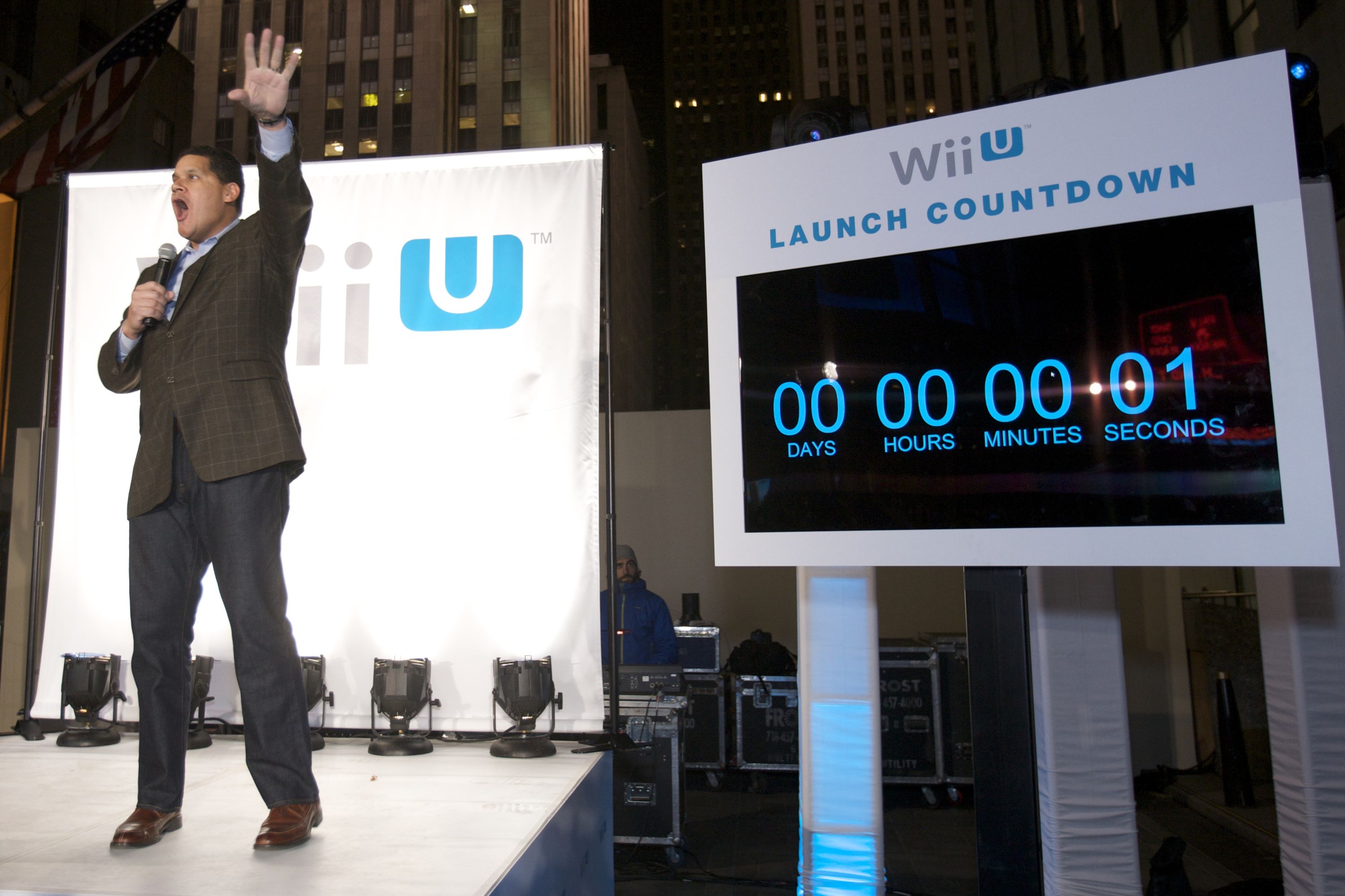
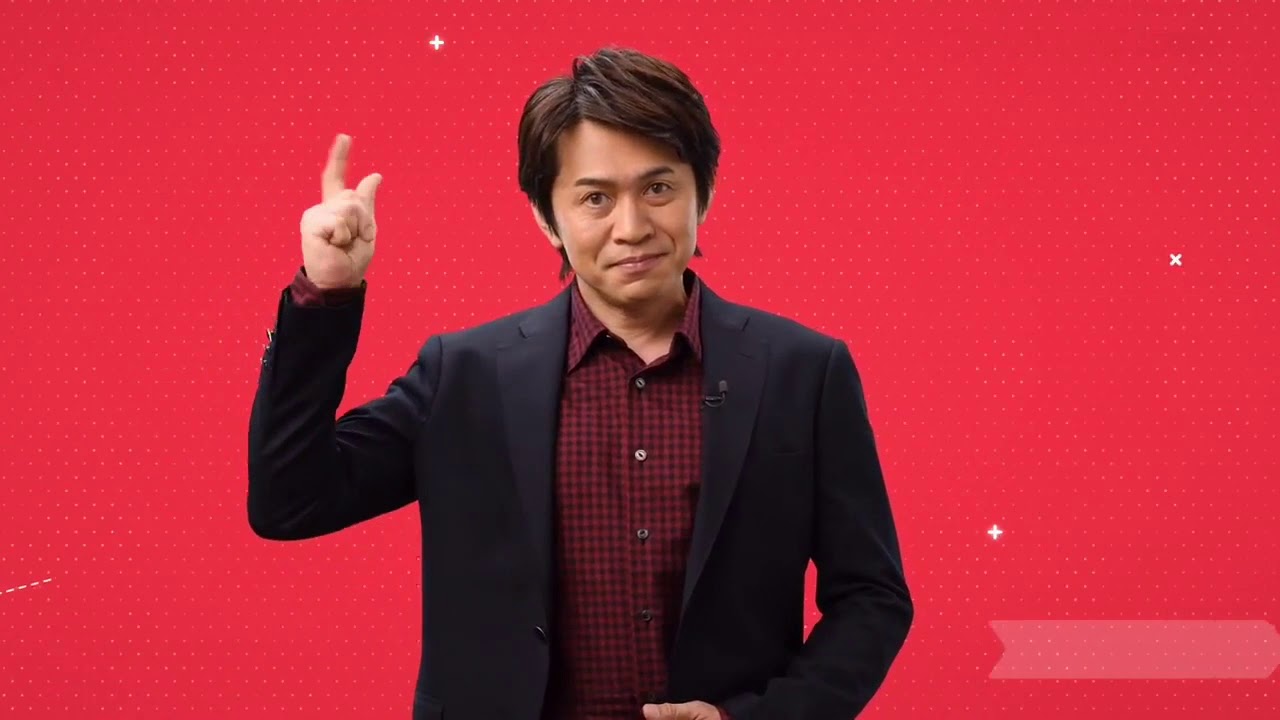
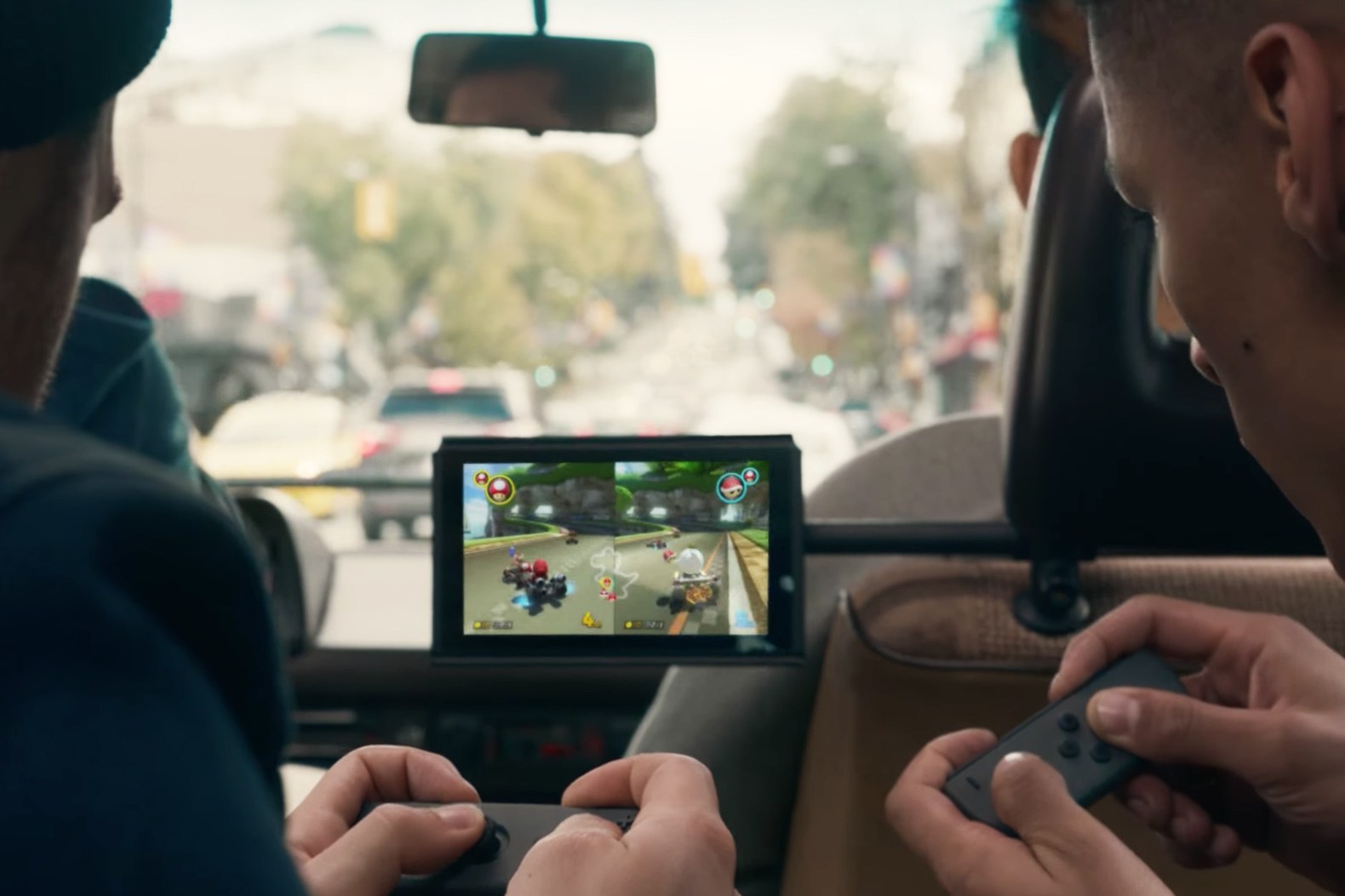
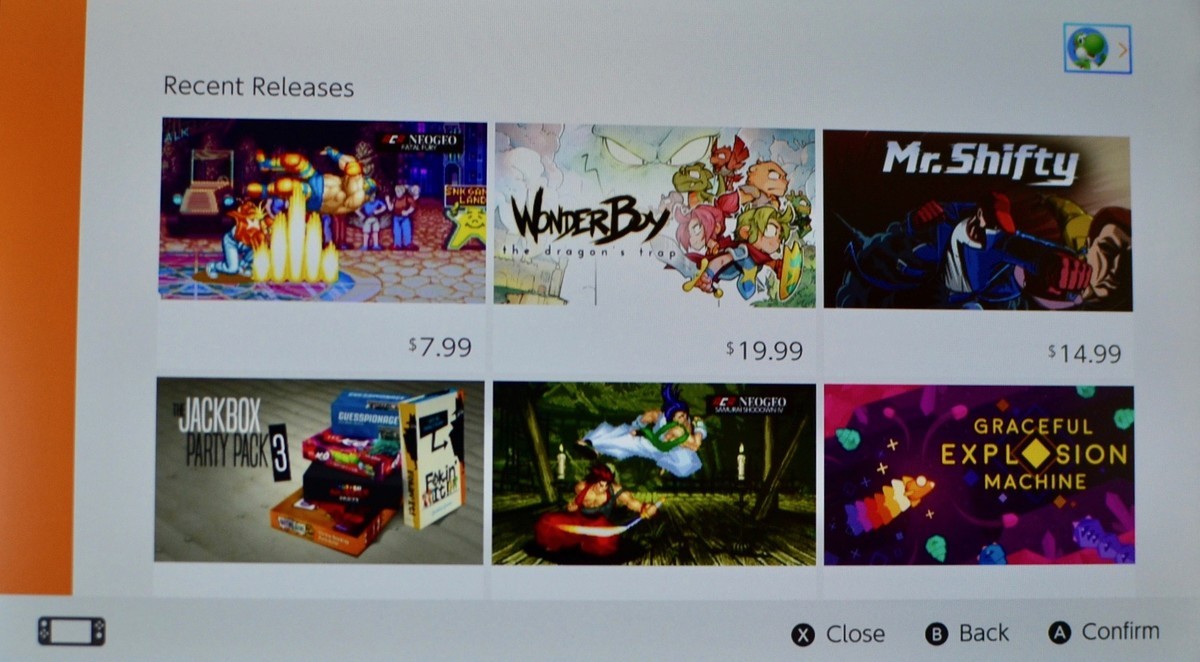
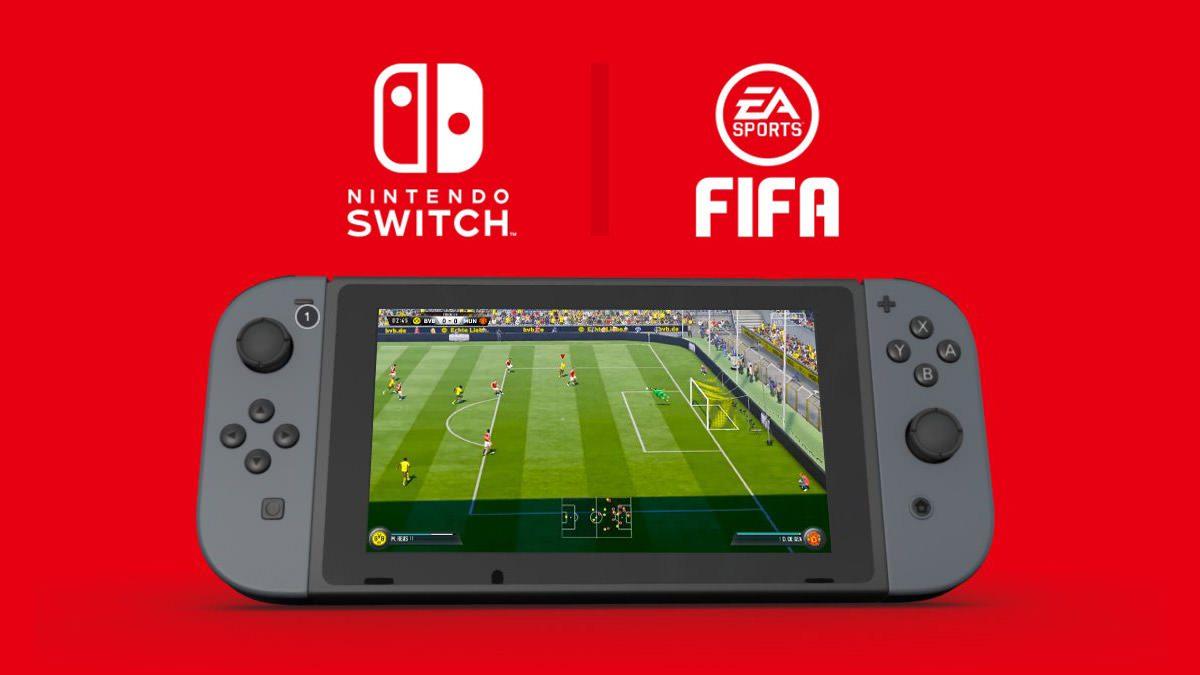





Published: Sep 21, 2017 01:25 am